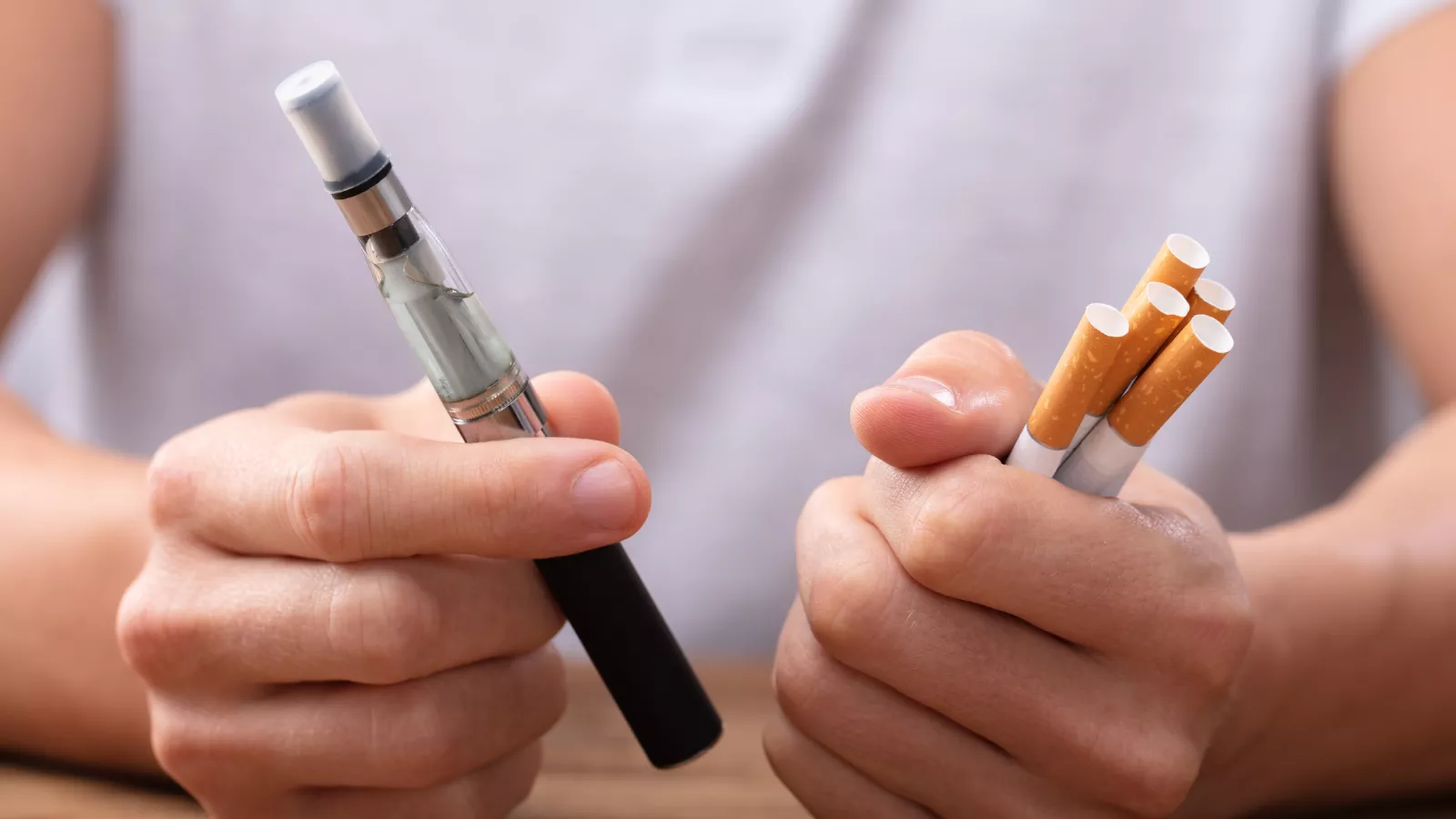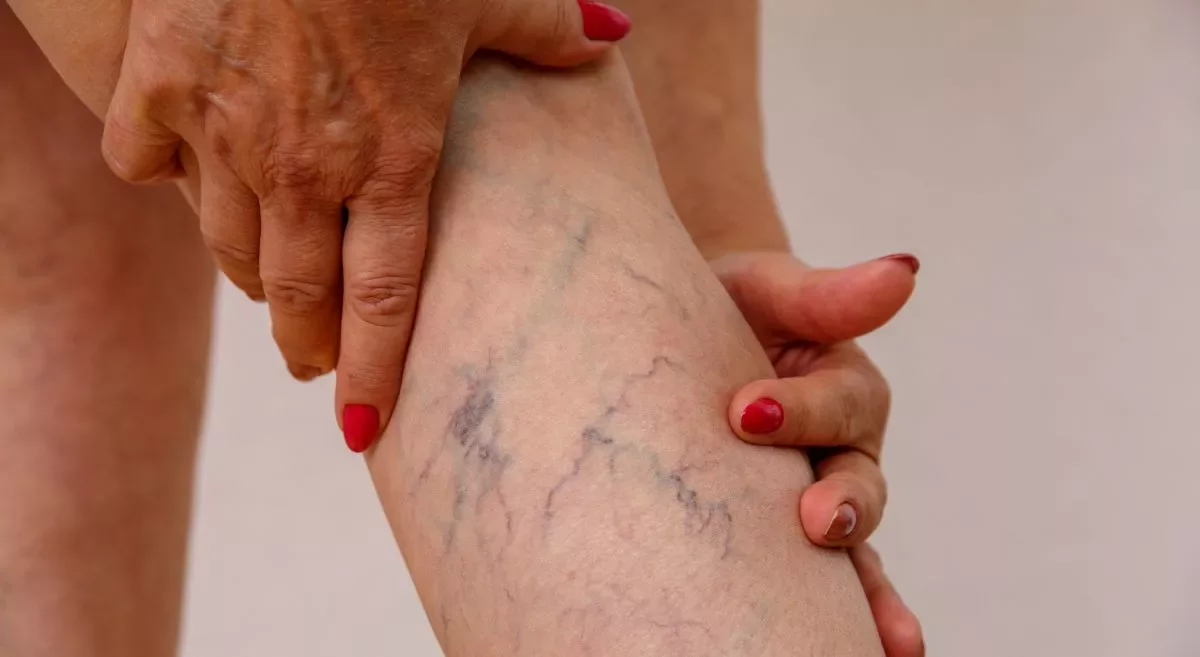Varicose veins, those twisted, bulging veins often seen on legs, can be a source of both discomfort and cosmetic concern. While some risk factors are beyond our control, there's good news: lifestyle changes and self-care strategies can significantly improve Vericosal vein health and alleviate symptoms.
This blog will equip you with knowledge and actionable tips to:
- Understand how lifestyle choices impact Vericosal veins.
- Discover effective exercises and activities to promote healthy circulation.
- Learn how to modify daily habits to reduce pressure on your legs.
- Explore self-care techniques for managing discomfort and improving appearance.
- Gain insights into additional healthcare options available.
By implementing these recommendations, you can take an active role in managing your Vericosal veins and enhance your overall well-being. While genetic factors contribute to their development, by adopting these lifestyle changes and incorporating self-care practices, you can actively contribute to the prevention and management of varicose veins. We at Aster Whitefield strongly advocate a holistic approach to vein health, emphasizing the significance of these simple yet effective measures. Taking charge of your leg health through a combination of exercise, weight management, and mindful habits can significantly enhance your overall vascular well-being.
Exercise for Healthy Veins:
Regular physical activity is crucial for maintaining healthy leg veins. Engage in safe physical activities to enhance circulation in your legs. Walking, cycling, and swimming are excellent choices. However, certain exercises like heavy weightlifting, long-distance running, and intense yoga may strain veins. Simple exercises improve blood flow to and from the calf muscles can have a significant impact. Low-impact exercises are recommended, and consulting with your healthcare professional before starting a new exercise regimen is advisable
Maintain a Healthy Weight:
Being overweight or obese puts additional pressure on pelvic and leg veins, contributing to varicose veins. Obesity is associated with various health issues, including compromised circulation. Consider seeking guidance from weight management experts to achieve and maintain a healthy weight, relieving stress on your circulatory system.
Watch Sodium Intake:
Reducing salt consumption may help manage varicose veins. Excessive sodium consumption leads to fluid retention, elevating blood pressure and posing a risk to vein health. Adopting a low-sodium diet helps minimize fluid retention, contributing to overall circulatory well-being.
Elevate Your Legs:
When sitting, elevate your legs to reduce pressure on the veins. Use a footstool or prop your legs up to a level above your heart. Avoid crossing your legs, as it can hinder blood flow. Prolonged periods of sitting or standing contribute to varicose veins. If your daily routine involves extended periods of immobility, take proactive steps to change positions regularly. Take breaks to move your legs and encourage blood flow in the right direction. Flexing and bending your legs, even while seated, aids in maintaining optimal blood circulation.
Hydration is Key:
Adequate water intake is essential for healthy blood flow and reduces the risk of blood pooling in veins. Stay well-hydrated to support overall vascular health.
Compression Stockings:
Consider wearing compression stockings, which provide gentle pressure to the legs, and can help improve blood flow by preventing pooling in the legs. These garments apply varying pressure to different parts of the legs, aiding circulation. Consult your doctor for recommendations on the right type and pressure level. These can be found at pharmacies and medical supply stores, with prescription-strength options available and possibly covered by insurance if symptoms are present.
Other Habits for Healthy Veins:
Maintaining healthy veins involves a combination of lifestyle changes that can alleviate symptoms and prevent varicose veins from worsening. Here are several useful routines to contemplate:
- Choose Comfortable Clothing:
Selecting comfortable clothing is crucial for individuals concerned about varicose veins. Tight garments like girdles, body shapers, and elastic knee socks can impede blood flow from the legs to the heart, exacerbating varicose vein symptoms. Opting for loose, non-restrictive clothing promotes healthier circulation, alleviating pressure on the veins and contributing to the prevention and management of varicose veins.
- Avoid High-heeled shoes:
Choosing shorter heels over high heels is essential for promoting optimal blood circulation in the legs. High-heeled shoes can contribute to increased pressure on leg veins, hindering the natural flow of blood. Opting for lower heels supports calf muscle function, reducing strain on the veins and contributing to overall leg health.
- Moisturize Your Skin:
Maintaining skin health is integral to managing varicose veins. Dry or cracked skin can compromise vein integrity, potentially worsening symptoms. Regular moisturization not only keeps the skin supple but also contributes to overall vein health, reducing the risk of complications associated with varicose veins.
It is imperative to say that incorporating these lifestyle adjustments and self-care recommendations complements medical interventions and can greatly enhance your overall vein health. Should you encounter pain, blood clots, or skin ulcers, seek personalized guidance from your healthcare provider and explore minimally invasive treatments as deemed necessary.








